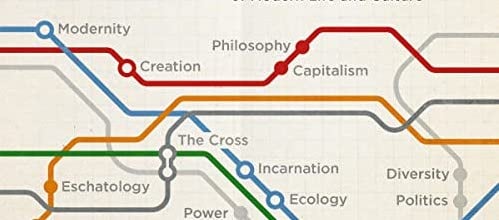What would Augustine write to the late-modern West? Christopher Watkin, in his widely lauded Biblical Critical Theory, seeks to answer that question by performing a similar type of social analysis for a very different context.
Login to read more
Sign in or create a free account to access Subscriber-only content.
Topics:
